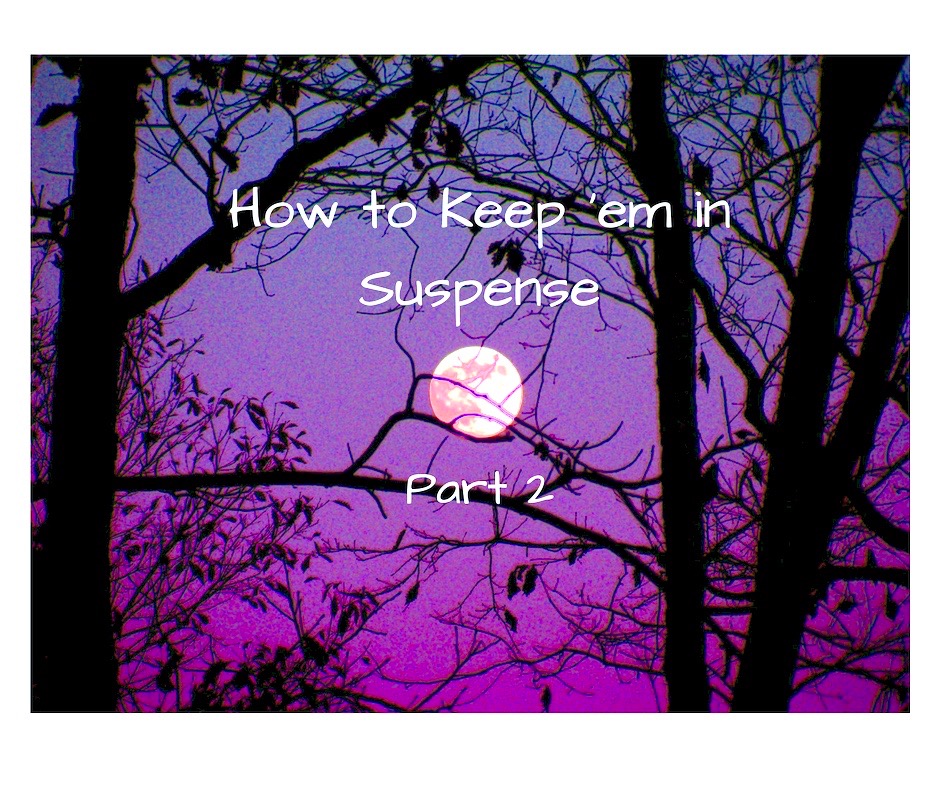
“I couldn’t put your book down! It kept me up all night reading!”
Those words are candy to a novelist. To know that we’ve kept our readers engaged and entertained is career-affirming, and a great motivation to continue to do good work.
Part 1 of this article outlined tips for adding depth to your work through the use of tension and momentum. Here, Part 2 offers a checklist to be used before the final draft to help you avoid momentum killers and to make sure that your story is a page-turner.
Avoid TMI. Too much information in a single block (the dreaded information dump) stops momentum. While character and setting descriptions can be used to create tension, try to keep backstory to a minimum. Instead, look for ways to feather in the important details. Readers like to try to solve a mystery as they read. Reveal new clues like a slow, seductive striptease, one tidbit at a time. The thrill of discovery will keep the pages turning.
Ditch chitchat. Dialogue should reveal character motivations and relationships, and move the story forward. Too much yakking wastes time, kills tension and stops momentum. Read your dialogue aloud and listen as if you were eavesdropping on the conversation. Is it interesting and vital to the story? Is every line and each word necessary? If not, delete the excess and get on with the action. Banish info dumps here, too.
Cut purple prose. When readers have to wade through interminably precious or showy writing to get to the meat of a mystery—or any story, really—you’re making them work too hard. Do not overwrite just to impress. Focus on moving the action—and the reader—forward.
Curate word choices. If you want to fine tune your writing, check for slackness in your word usage. Rather than depend on adverbs to carry the load, choose verbs that clearly describe an action. Intead of “walked” or “ran,” might the villain limp, skulk, stagger, trip, or sprint toward her destination? Dig deeper for the more precise word.
Untie the bow. Readers tend to set a book down at the end of a scene or chapter, particularly when a plot question has been resolved. To keep them reading, check each action break. If one does not compel the reader to read on, try moving it to a better spot. Remove any tension-killers lurking in the last paragraph, or try adding a new wrinkle before the scene changes. Tying things up in a pretty bow is deadly to momentum. Save it for The End, if you must.
After you check your work for momentum killers, you’ll increase your odds of creating a story that keeps your readers glued to the page. Here’s wishing you much success!
(Parts 1 & 2 are expanded versions of my original article posted at Woman Writers, Women’s Books in January, 2018.)
Thanks for these excellent tips from a polished author, who kept me reading all night!
Quite a compliment coming from another mystery author! Thank you, Saralyn. Looking forward to reading Murder in the One Percent.
Comments are closed.